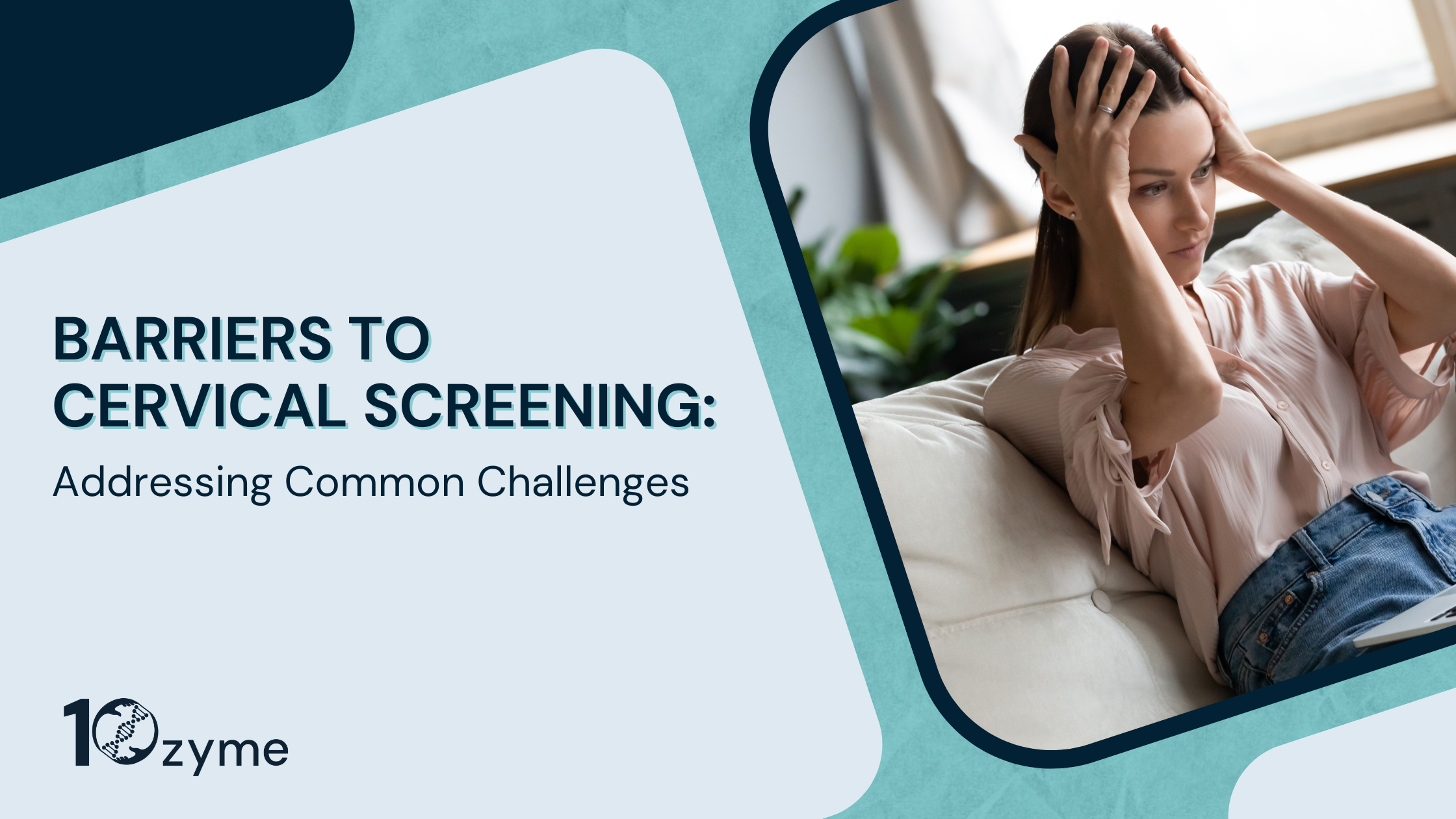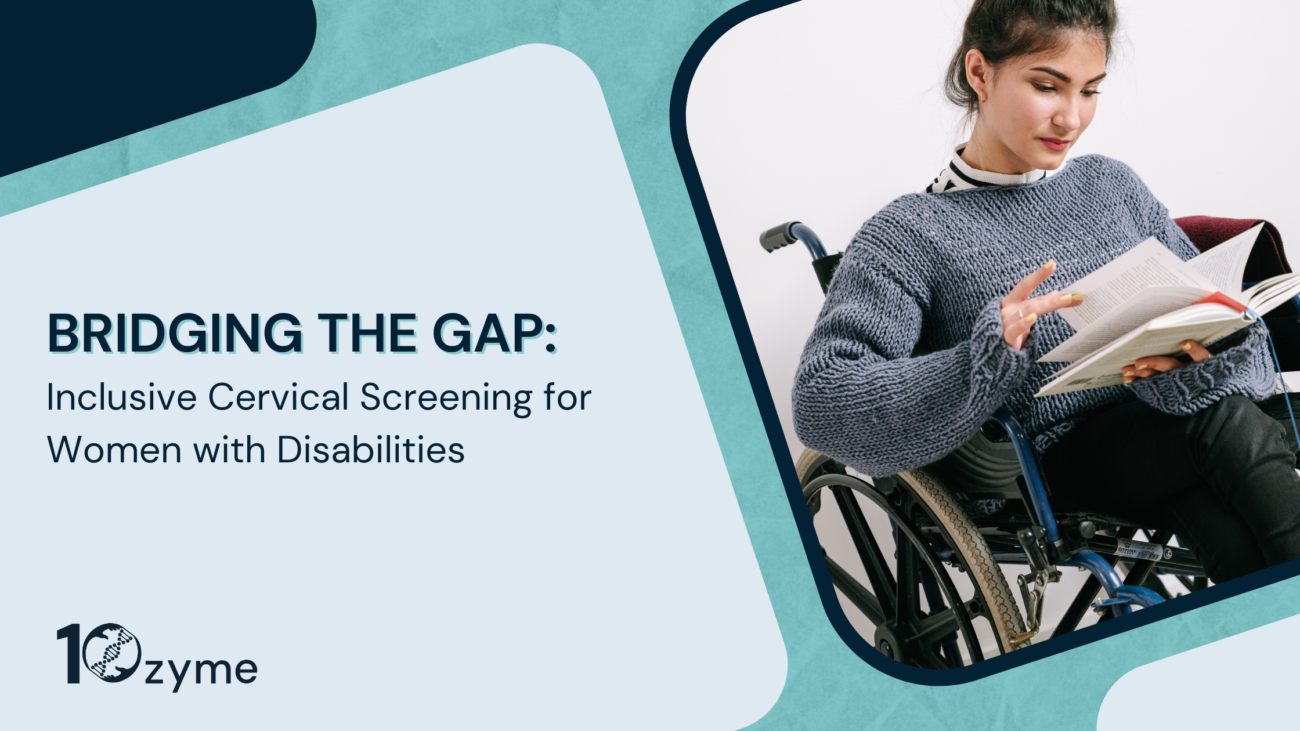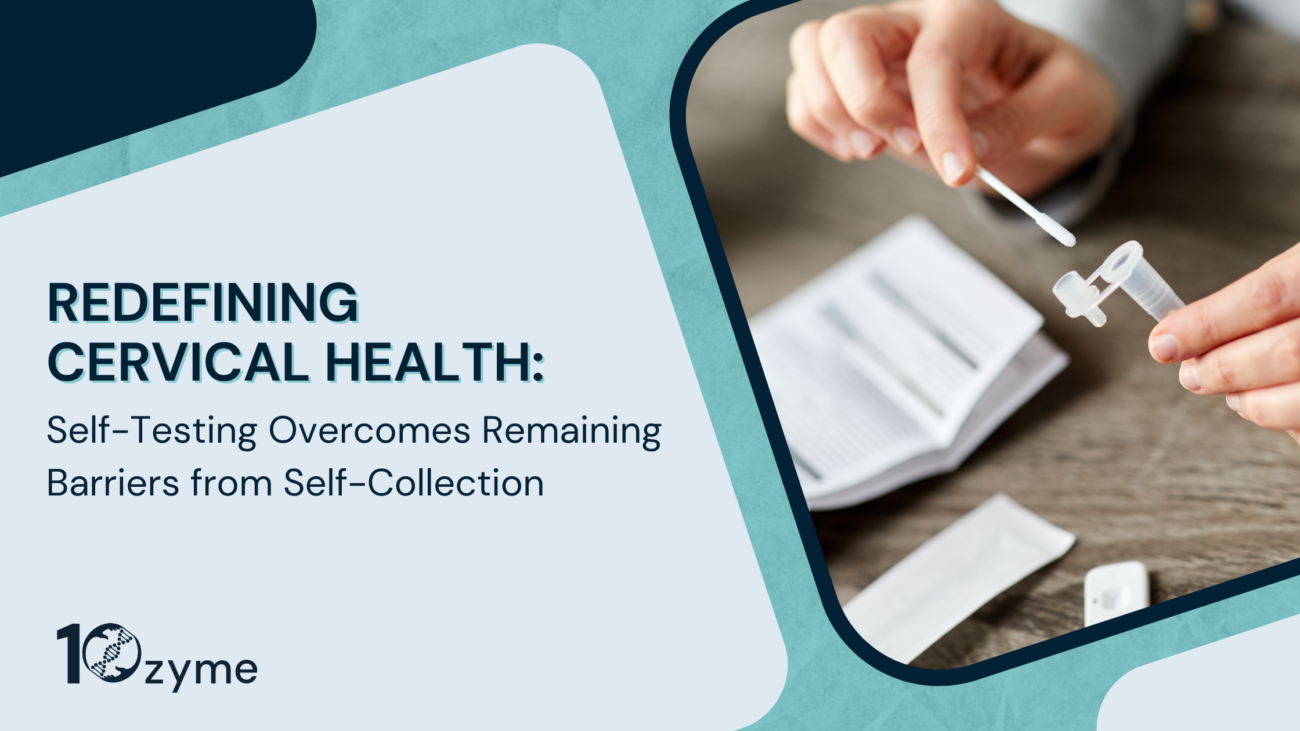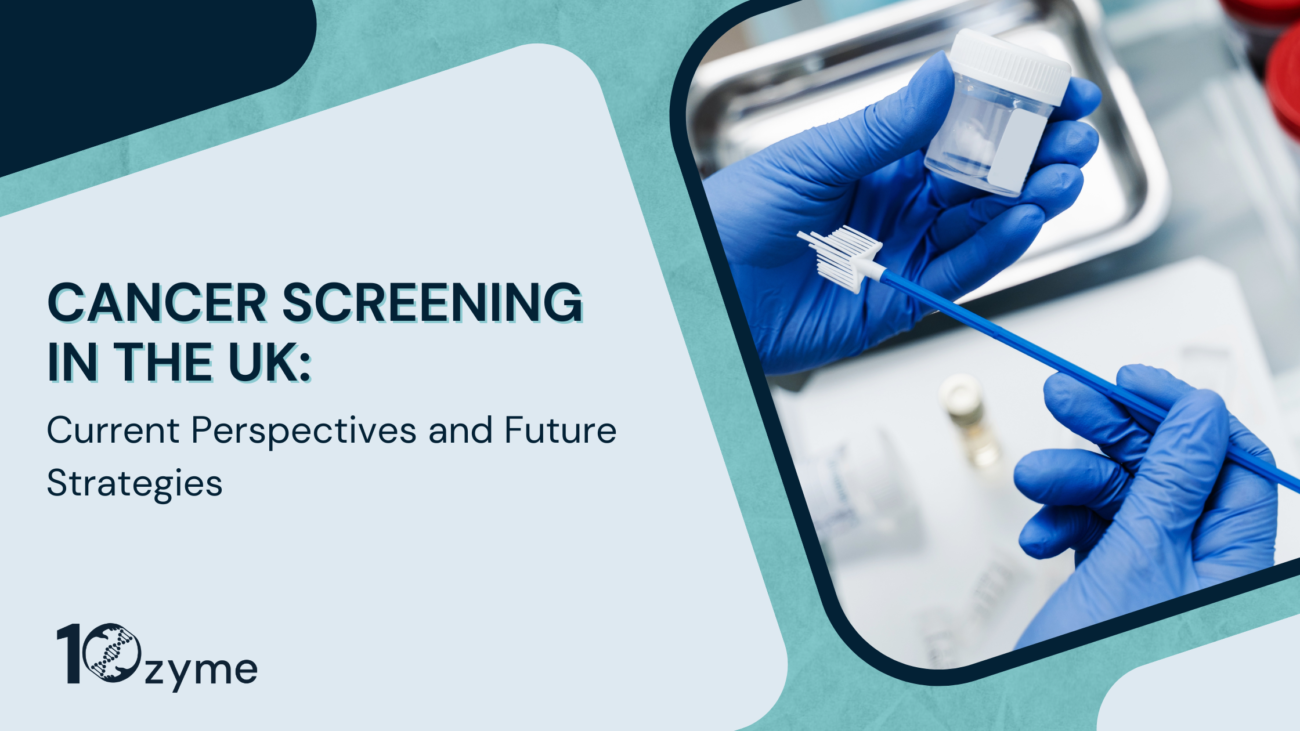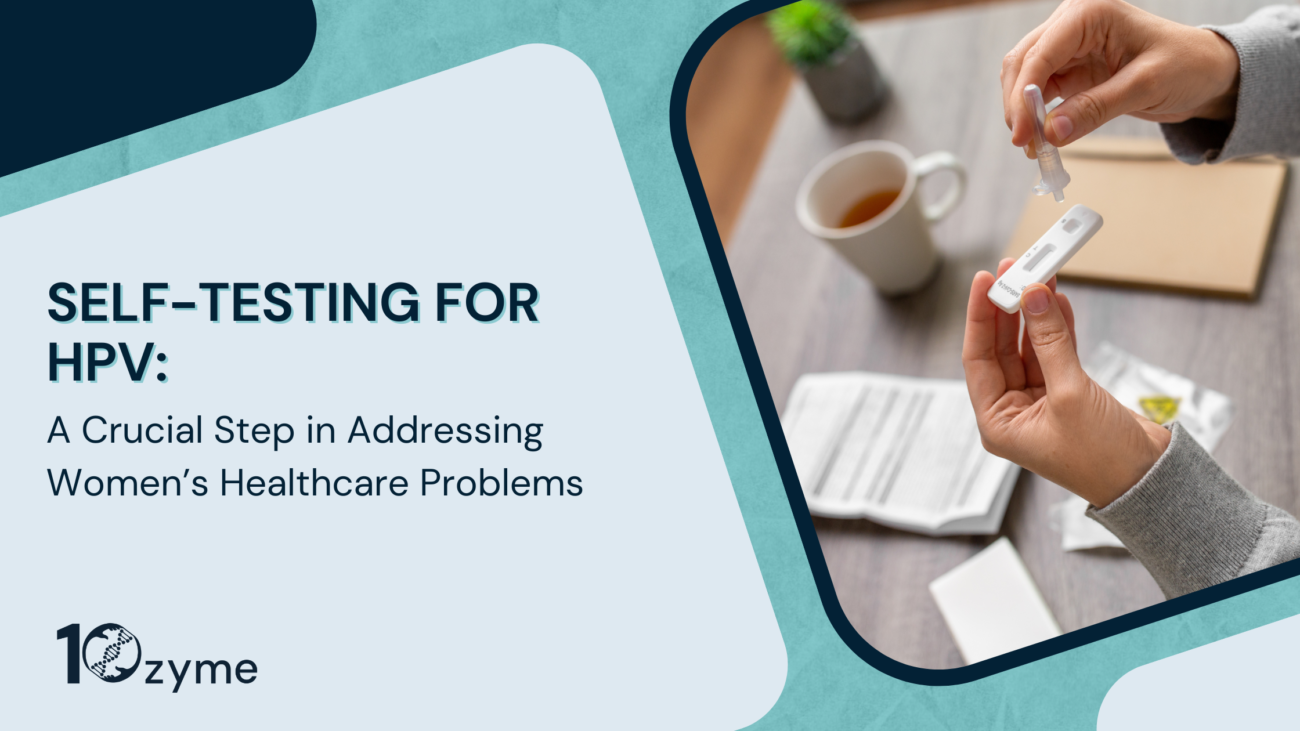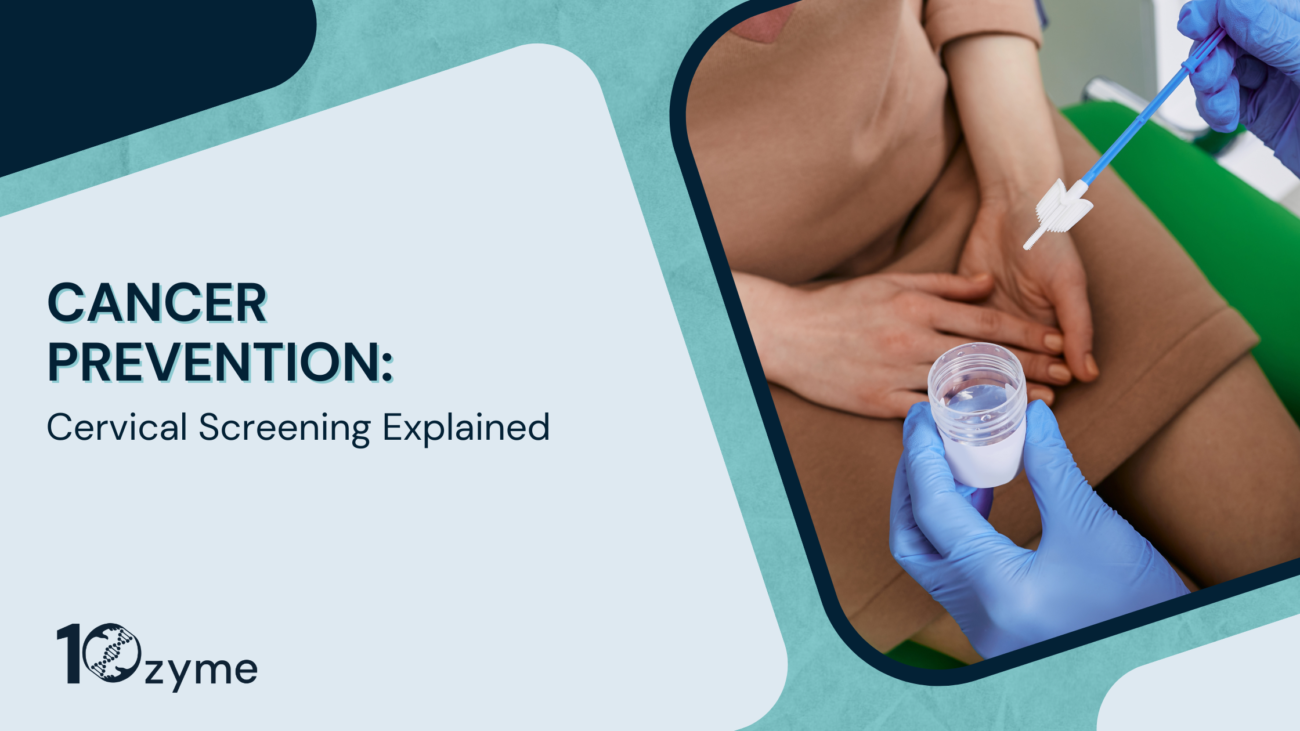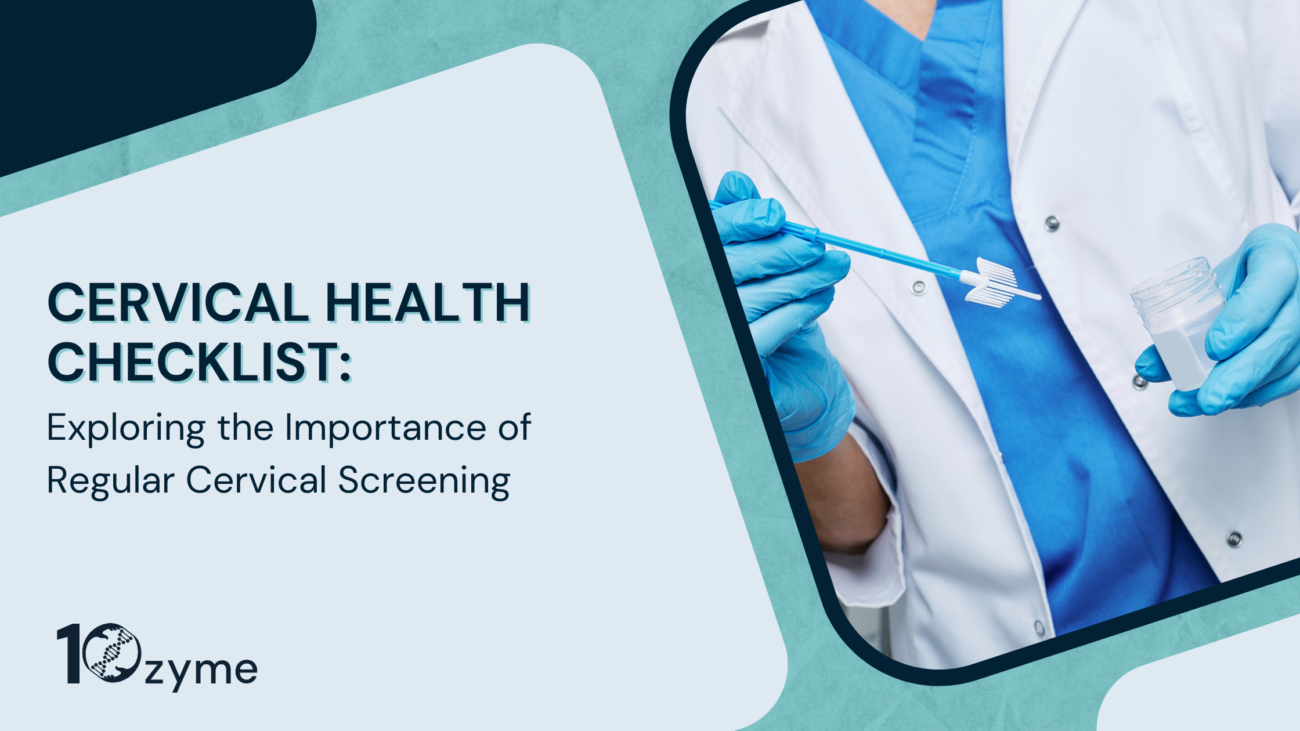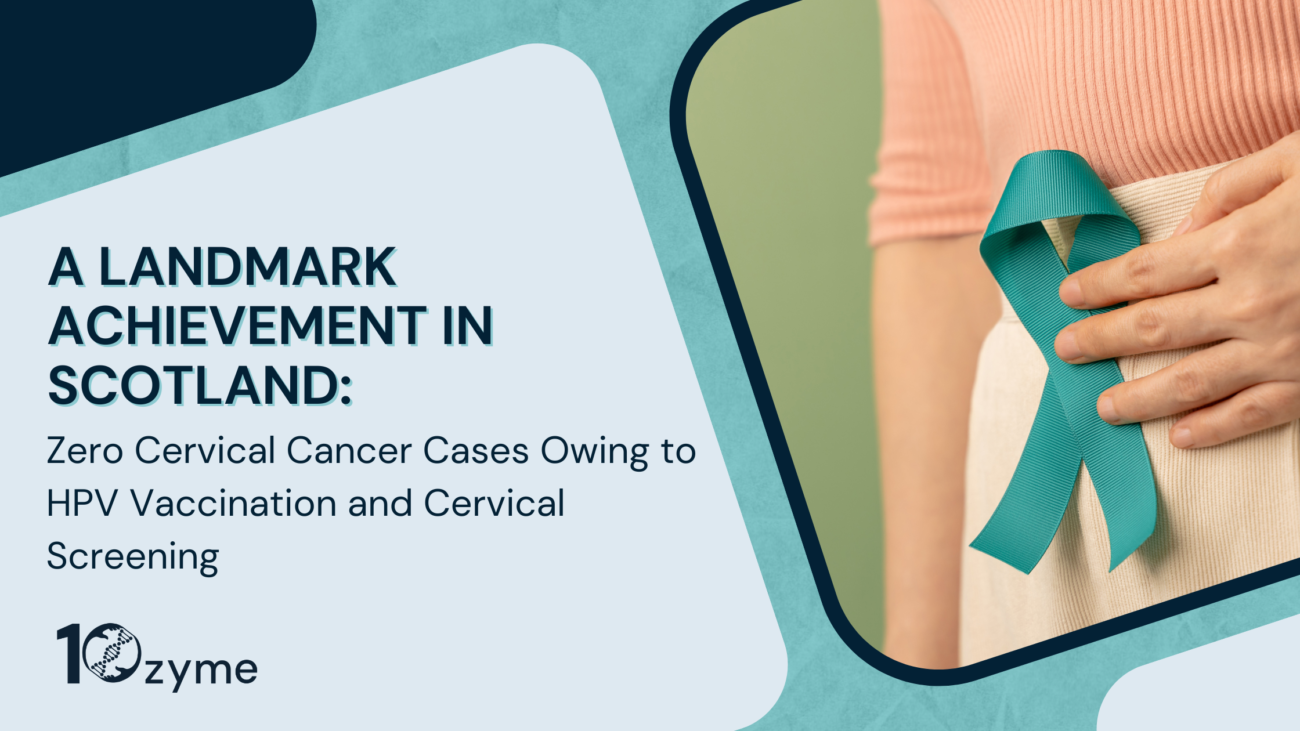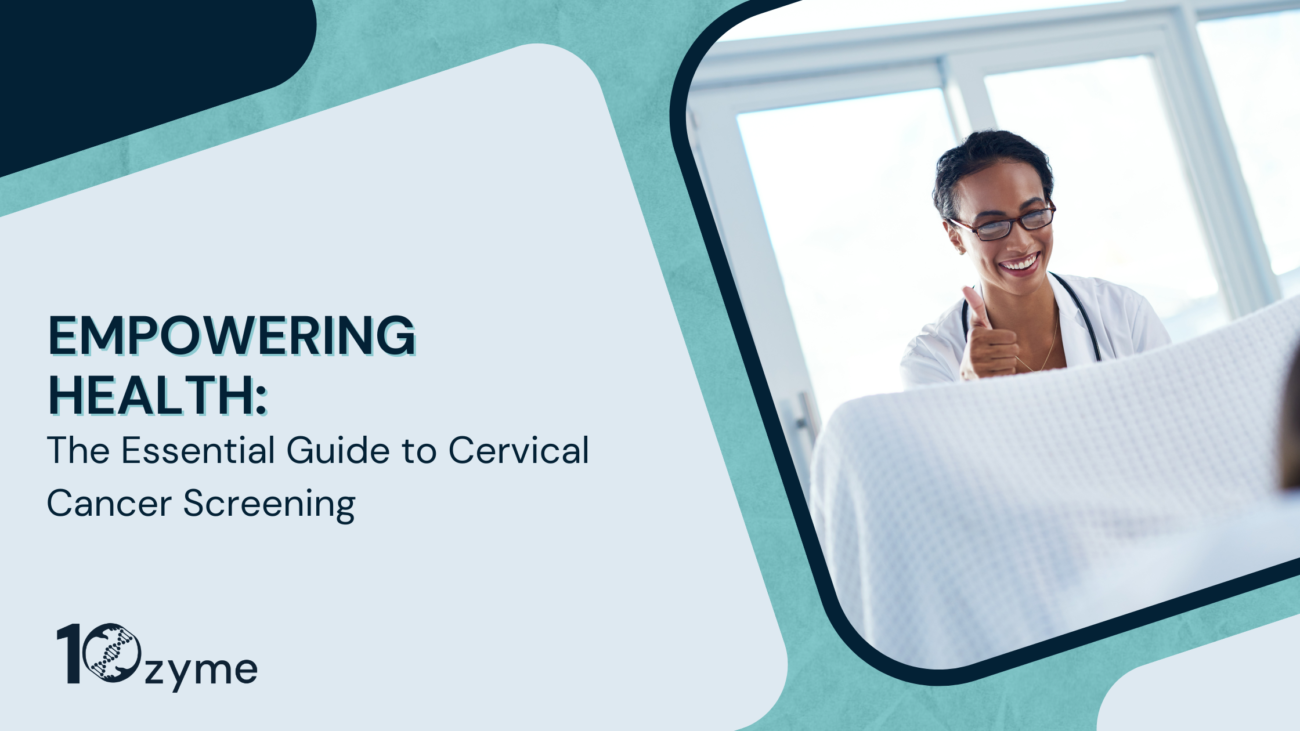Barriers to Cervical Screening: Addressing Common Challenges
Written by Rhianne Kiley, BSc, MSc
Medically reviewed and edited by Dr Said Qabbaah, MBBS, MBA
Scientifically reviewed by Dr Angela Pine, BSc, MSc, PhD1
Despite the critical role of cervical screening in preventing cervical cancer, a significant number of women still opt out of their crucial appointments when invited. In the UK, approximately one in three women skip their cervical screening,1 potentially missing early detection of cervical abnormalities that could develop into cancer.
Unfortunately, this will contribute to the 850 cervical cancer deaths seen each year.2 Therefore, understanding and addressing the causes of low participation are essential to improving outcomes and reducing the preventable health risks of cervical cancer.
The NHS has pledged to eliminate cervical cancer by 2040 through two key approaches: increasing HPV vaccination rates and improving attendance for cervical screenings.3
The HPV vaccine, given to children aged 12 to 13, helps reduce the risk of contracting human papillomavirus (HPV), the leading cause of cervical cancer, responsible for causing over 99% of cases.4 Cervical screenings, starting at age 25, detect infections with high-risk HPV and/ or cervical cell changes that could later turn into cervical cancer if left untreated.
Maximising vaccination coverage and cervical screening attendance could eradicate cervical cancer in the UK. As mentioned however, a significant number of eligible women and individuals assigned female at birth (AFAB) still choose to skip this vital preventative tool, despite its potential to save lives.
This raises the question: if cervical screening is so crucial in preventing cervical cancer, why do so many opt not to participate?
We review some of the most common emotional and practical barriers to cervical screening in the UK and offer tips for overcoming them. Additionally, we discuss why alternative testing methods could be key to addressing the practical challenges linked to cervical screening non-attendance.
Emotional barriers
Embarrassment
Many studies in the UK have found that embarrassment is the primary reason individuals avoid cervical screening.5 Since the genital area is private and seldom exposed, the screening process can understandably cause emotional discomfort or sensitivity.
However, healthcare professionals are trained to ensure the experience is as comfortable as possible. The consultation room is completely private, and wearing something longer, such as a skirt or dress, may help individuals feel less exposed and, in turn, less embarrassed during the procedure.
Fear of pain
Some individuals avoid cervical screening also due to fear of pain during the procedure,5 particularly those with vaginal issues. It’s important to discuss any worries with the healthcare professional performing the test. Cervical screening is generally a painless process, so if anything feels uncomfortable, voice your concerns.
If you have issues before your appointment, consult a professional for advice on making the procedure easier. Additionally, having strategies to manage anxiety, such as listening to music, having a supportive partner present, or practicing breathing exercises, can be really effective in alleviating stress.
Worrying about the results
It’s natural to feel anxious about your cervical screening results. In fact, a significant number of women avoid screening due to fear of the results.6 This anxiety is often driven by myths and misunderstandings about the test.
While many mistakenly think cervical screening is a test for cancer, it actually screens for high-risk HPV and helps prevent cancer. To ease your concerns, it’s important to understand what each result means and how to manage any distress. Additionally, the staff at your chosen practice are available to offer extra support.
History of trauma
Several studies have found that a history of trauma, particularly sexual trauma, is a significant barrier to attending cervical screening.7 Previous experiences of sexual violence or negative encounters with screening can understandably make the process very distressing.
Although it may be challenging, it’s important to discuss any concerns with the healthcare professional. They are there to offer support and not to judge; they will help ensure that the individual feels comfortable throughout the procedure, and can explain each step of the process and show the equipment so they know what to expect.
Patients can also request to insert the speculum themselves at their own pace, allowing them full control of the situation. Additionally, they have the option to stop the test and withdraw at any time if needed.
Practical barriers
There are several practical barriers to attending cervical screening, with the two most common being:
Suitability of appointments
Two primary reasons for missing cervical screening appointments are difficulty scheduling an appointment that fits work and childcare commitments, and the gap between intent and action.
Many individuals reported that finding a suitable time for their appointment was challenging, while others who intended to attend did not follow through due to other priorities in their lives.5
Physical disability
Having a physical disability is also a significant barrier to cervical screening. A study has found that individuals with physical disabilities are less likely to attend screening compared to the general population.8
Key barriers include challenges in scheduling appointments with healthcare providers and physical impairments that hinder access to screening for people with disabilities.
Other barriers to screening
Additional barriers to cervical screening, not previously mentioned, also include:
-
- Living in a residential care
- Having no fixed address
- Not registered at a GP surgery
- Not registered as female with a GP, but still has a cervix
- Residing in secure or detained settings
- Having a learning disability
- Having mental health issues
- Low socio-economic status (e.g. low-income households, inadequate access to learning, etc.)10
- Certain demographics (e.g. traveling communities or migrants)
- Transportation difficulties, such as lack of transport options, long travel distances, or financial constraints related to travel
- Lack of knowledge and awareness about HPV, cervical cancer, or cervical screening10
- Stigma relating to certain cultural, traditional, or religious beliefs10
- Health inequality due to inadequate health systems or substandard healthcare infrastructure10
Redefining cervical screening
As part of nationwide efforts to enhance cervical screening accessibility and participation, plans are underway to introduce HPV-based self-sampling (also called self-collection).9 This method allows individuals to collect their own vaginal samples for HPV testing and send them via the post to a lab to undergo processing.
Although self-sampling represents progress by removing the need for an initial healthcare visit or clinical setting, it introduces its own set of challenges, particularly regarding practicality and convenience.
The self-sampling method alone will not effectively address the primary barriers to cervical screening. This underscores the urgent need for a more effective solution—a new alternative approach that offers a reliable and efficient process, aiming to fully eliminate barriers to cervical screening rather than just mitigating them.
10zyme is pioneering an innovative diagnostic technology with a groundbreaking HPV self-test that delivers instant results, thus reinventing the entire screening process. This advanced test will enable convenient self-screening anytime, anywhere, using state-of-the-art technology to provide immediate, accurate, and easily interpretable results for high-risk HPV.
By facilitating proactive management of HPV infections and cervical health, this test will enhance awareness, improve access to screening, and ultimately promote better health outcomes.
10zyme: Advancing women’s health
We’re developing a groundbreaking self-test with instant results to detect the main cause of cervical cancer: high-risk HPV. Detecting infections early prevents cancer ever developing.
By enabling self-testing, we aim to empower women, overcome stigma and anxiety, and help eliminate a disease killing hundreds of thousands a year globally. See our Education Section to find out more.
Please follow and support us on social media: LinkedIn, Instagram, and TikTok.
References:
-
- NHS England. (2023). NHS urges women to book a cervical screening as a third don’t take up vital offer. [Online]. Available at: https://www.england.nhs.uk/2023/01/nhs-urges-women-to-book-a-cervical-screening-as-a-third-dont-take-up-vital-offer/ (Accessed 10/01/2024)
- Cancer Research UK. (2017-2019). Cervical cancer mortality statistics. [Online]. Available at: https://www.cancerresearchuk.org/health-professional/cancer-statistics/statistics-by-cancer-type/cervical-cancer/mortality (Accessed 10/01/2024)
- NHS England. (2023). NHS sets ambition to eliminate cervical cancer by 2040. [Online]. Available at: https://www.england.nhs.uk/2023/11/nhs-sets-ambition-to-eliminate-cervical-cancer-by-2040/ (Accessed 12/01/2024)
- UK National Screening Committee. (2019). Adult screening programme: Cervical cancer. [Online]. Available at: https://view-health-screening-recommendations.service.gov.uk/cervical-cancer/ (Accessed 12/01/2024)
- Waller, J., Bartoszek, M., Marlow, L. and Wardle, J. (2009). Barriers to cervical cancer screening attendance in England: a population-based survey. Journal of medical screening,
16(4):199-204. doi:10.1258/jms.2009.009073
- Bukowska-Durawa, A. and Luszczynska, A. (2014). Cervical cancer screening and psychosocial barriers perceived by patients. A systematic review. Contemporary Oncology, 18(3):153-9. doi:10.5114/wo.2014.43158
- Farley, M., Golding, J.M. and Minkoff, J.R. (2002). Is a history of trauma associated with a reduced likelihood of cervical cancer screening? Journal of Family Practice, 51(10), 827-831
- Baruch, L., Bilitzky-Kopit, A., Rosen, K. and Adler, L. (2022). Cervical Cancer Screening Among Patients with Physical Disability. Journal of Women’s Health, 31(8):1173–1178. doi:10.1089/jwh.2021.0447
- Mills, C. UK National Screening Committee. (2023). HPValidate cervical screening self-sampling study nears completion. [Online]. Available at: https://nationalscreening.blog.gov.uk/2023/06/21/hpvalidate-cervical-screening-self-sampling-study-nears-completion/ (Accessed 15/01/2024)
- Petersen, Z., Jaca, A., Ginindza, T.G., Maseko, G., Takatshana, S., Ndlovu, P., Zondi, N., Zungu, N., Varghese, C., Hunting, G., Parham, G., Simelela, P. and Moyo, S. (2022). Barriers to uptake of cervical cancer screening services in low-and-middle-income countries: a systematic review, BMC Women’s Health, 22(1):486. doi:10.1186/s12905-022-02043-y

